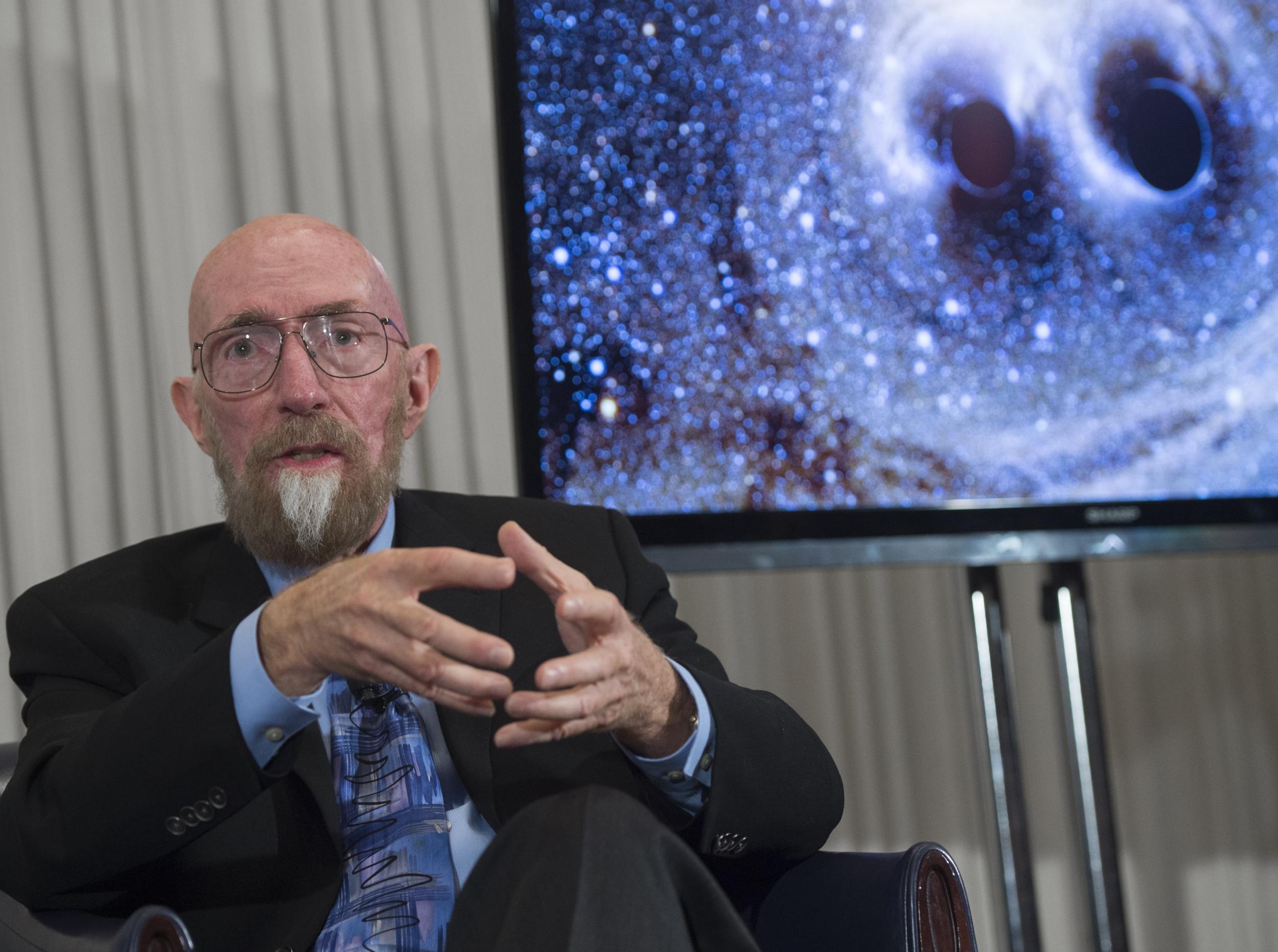Gravitational waves: Cartoon gives simple explanation of newly-discovered phenomenon
Confused about gravitational waves? This video can help you understand

The recent announcement of the discovery of gravitational waves has been all over the news recently, but despite the coverage, many people are still none the wiser about what it actually means.
Fortunately, the creators of Piled Higher and Deeper (PHD) Comics have made a video which gives one of the simplest explanations of the discovery you'll be likely to get.
The video, created by Umberto Cannella, Daniel Whiteson and Jorge Cham, uses simple animations and analogies to accurately explain just what gravitational waves are, and why they're so important.
A gravitational wave is a ripple in the fabric of space and time - if you imagine space as a giant, tightly-pulled sheet of rubber and imagine objects with mass, like planets and stars, are objects placed on top of the sheet, then you can understand how these objects create 'distortions' in the space around them, like "a bowling ball on a trampoline," as they put it.
These distortions are why the Earth and other planets orbit around the Sun - there's no force pulling them towards the Sun, just a big distortion in the space around it.
Gravitational waves occur when mass accelerates - distorting space like usual and sending ripples as it moves. For these waves to be noticable, they need to be created by very massive objects, like two super-heavy neutron stars rotating around each other, or a pair of black holes.
It's hard to detect these waves and ripples using conventional measurements, because if space between two points was stretched or compressed, we wouldn't be able to notice, since our potential frames of reference would appear to remain the same distance apart.
However, by taking advantage of a universal constant like the speed of light, we can measure changes in distance by recording how long light takes to travel between two points.
That's what researchers at the Laser Interferometer Gravitational Wave Observatory (LIGO) in Louisiana did - by using lasers to monitor the changes in distance of a pair of 4km-long tunnels, they were able to spot the tiny interferences caused by gravitational waves.
Since the effects of the waves are so miniscule, it's taken a lot of time and effort to actually detect them and make sure the changes weren't caused by other factors - something PHD Comics compares to trying to determine what song someone is humming at a very big, loud party.
Why is the discovery significant? The video says it's like spending your entire life deaf, and then suddenly having your hearing restored. Before, you were still able to perceive things, but afterwards, you'd be able to explore and experience the world in a completely different way.
In short, the discovery is hugely significant, and it's set to completely change how we study the universe.
Join our commenting forum
Join thought-provoking conversations, follow other Independent readers and see their replies
Comments
Bookmark popover
Removed from bookmarks